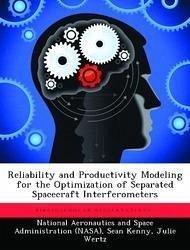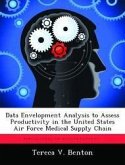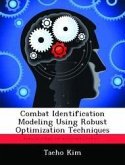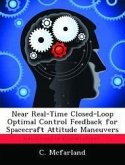As technological systems grow in capability, they also grow in complexity. Due to this complexity, it is no longer possible for a designer to use engineering judgement to identify the components that have the largest impact on system life cycle metrics, such as reliability, productivity, cost, and cost effectiveness. One way of identifying these key components is to build quantitative models and analysis tools that can be used to aid the designer in making high level architecture decisions. Once these key components have been identified, two main approaches to improving a system using these components exist: add redundancy or improve the reliability of the component. In reality, the most effective approach to almost any system will be some combination of these two approaches, in varying orders of magnitude for each component. Therefore, this research tries to answer the question of how to divide funds, between adding redundancy and improving the reliability of components, to most cost effectively improve the life cycle metrics of a system. While this question is relevant to any complex system, this research focuses on one type of system in particular: Separate Spacecraft Interferometers (SSI). Quantitative models are developed to analyze the key life cycle metrics of different SSI system architectures. Next, tools are developed to compare a given set of architectures in terms of total performance, by coupling different life cycle metrics together into one performance metric. Optimization tools, such as simulated annealing and genetic algorithms, are then used to search the entire design space to find the "optimal" architecture design. Sensitivity analysis tools have been developed to determine how sensitive the results of these analyses are to uncertain user defined parameters. Finally, several possibilities for the future work that could be done in this area of research are presented.








